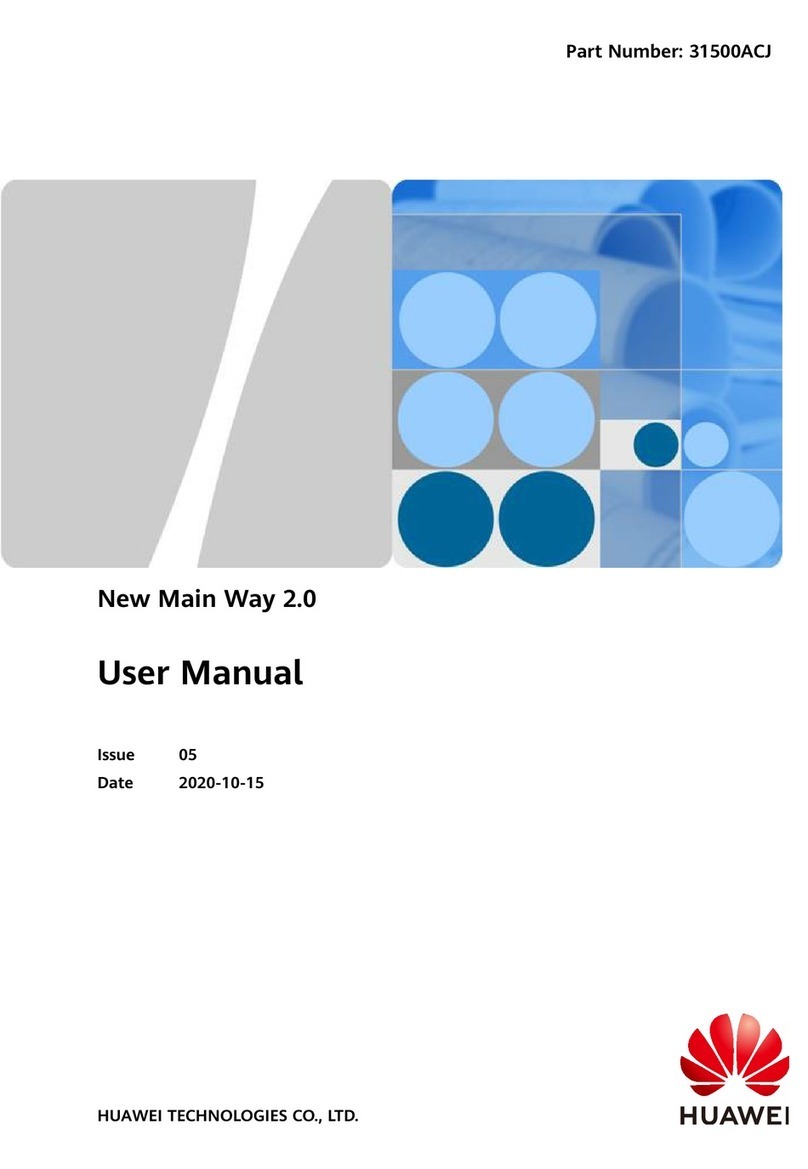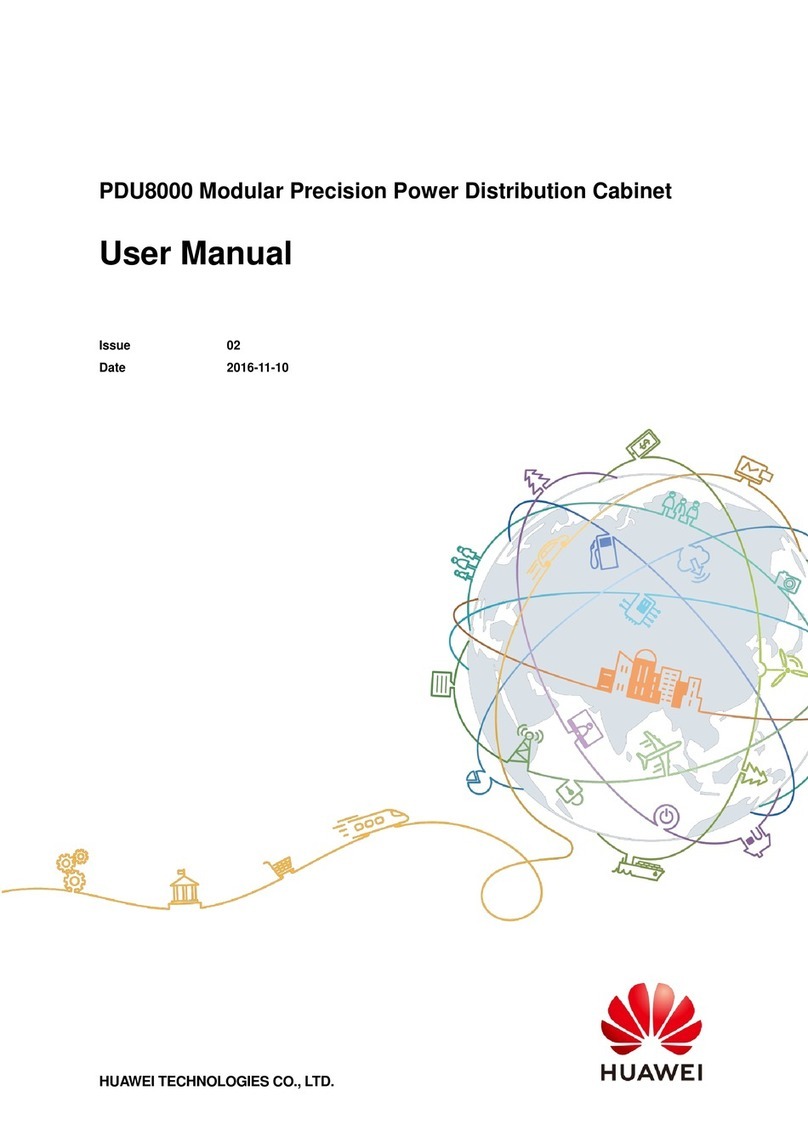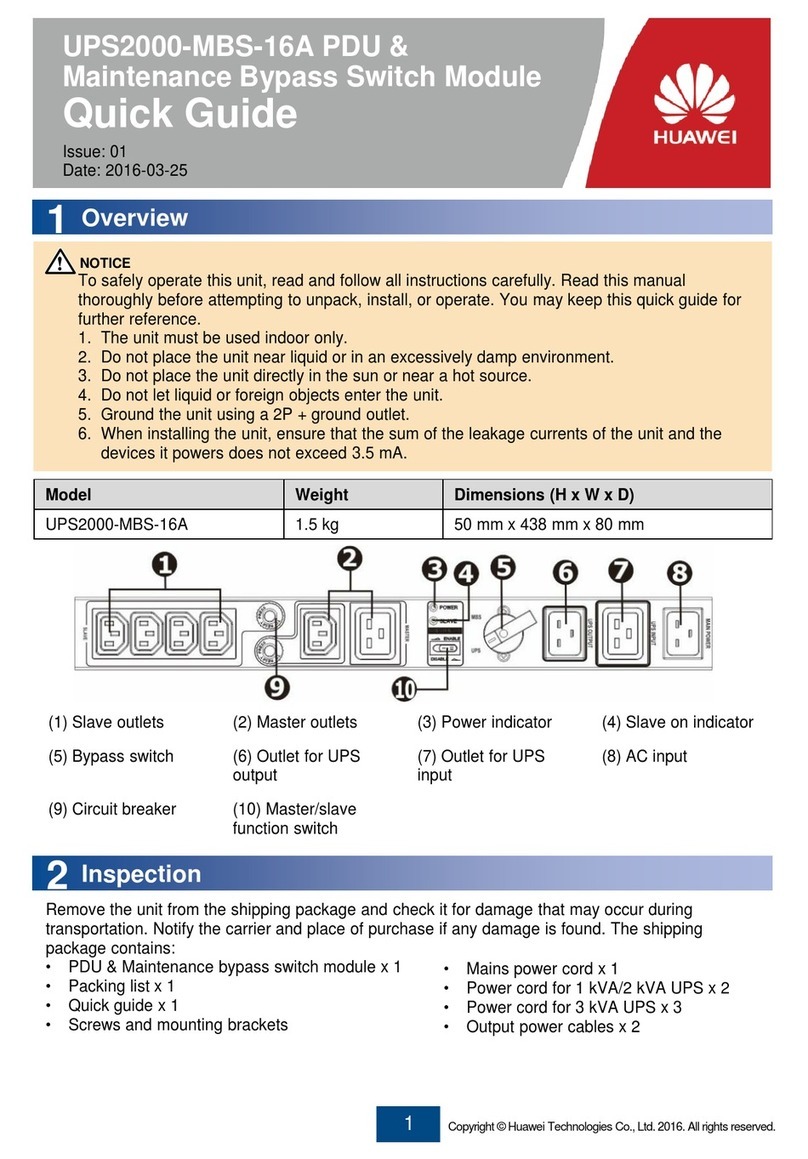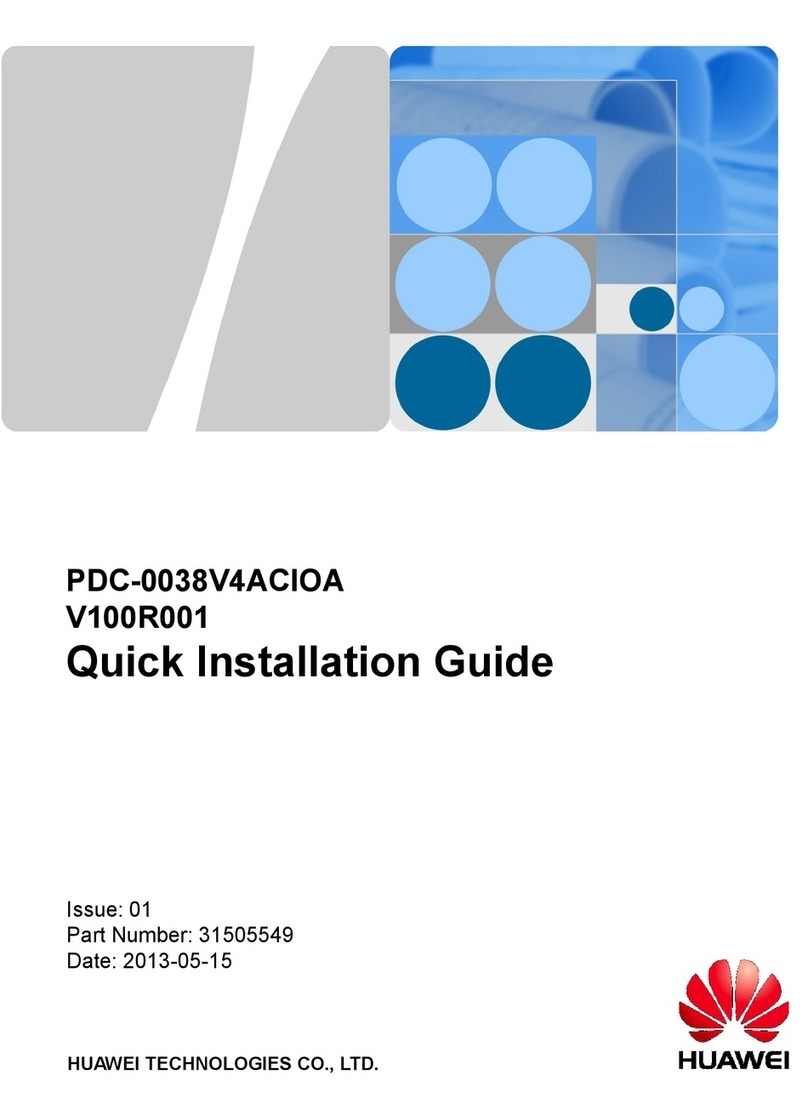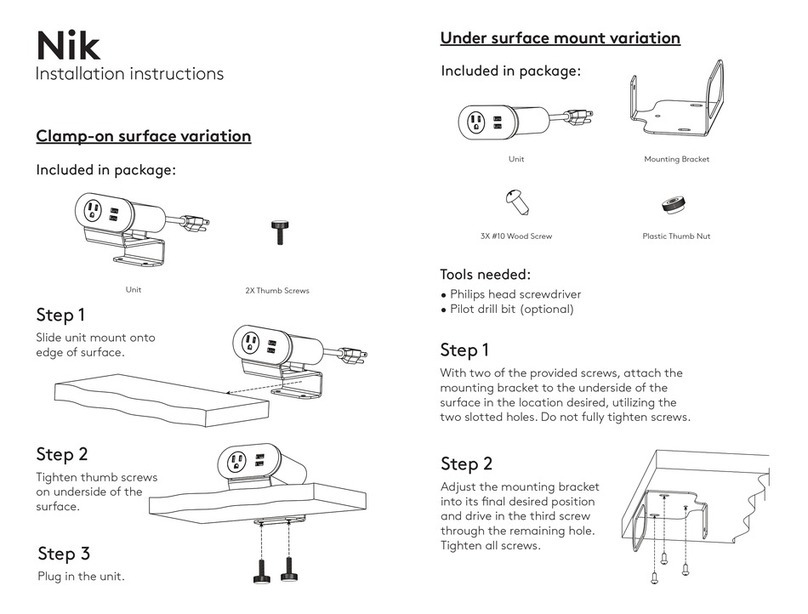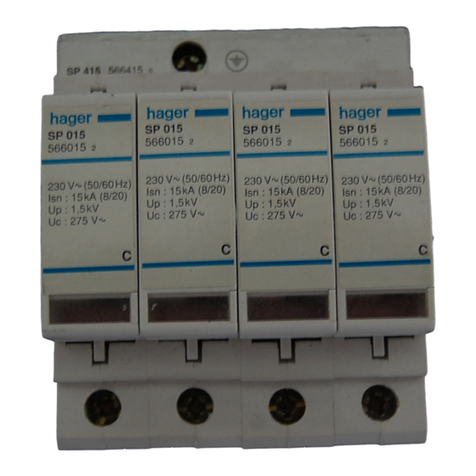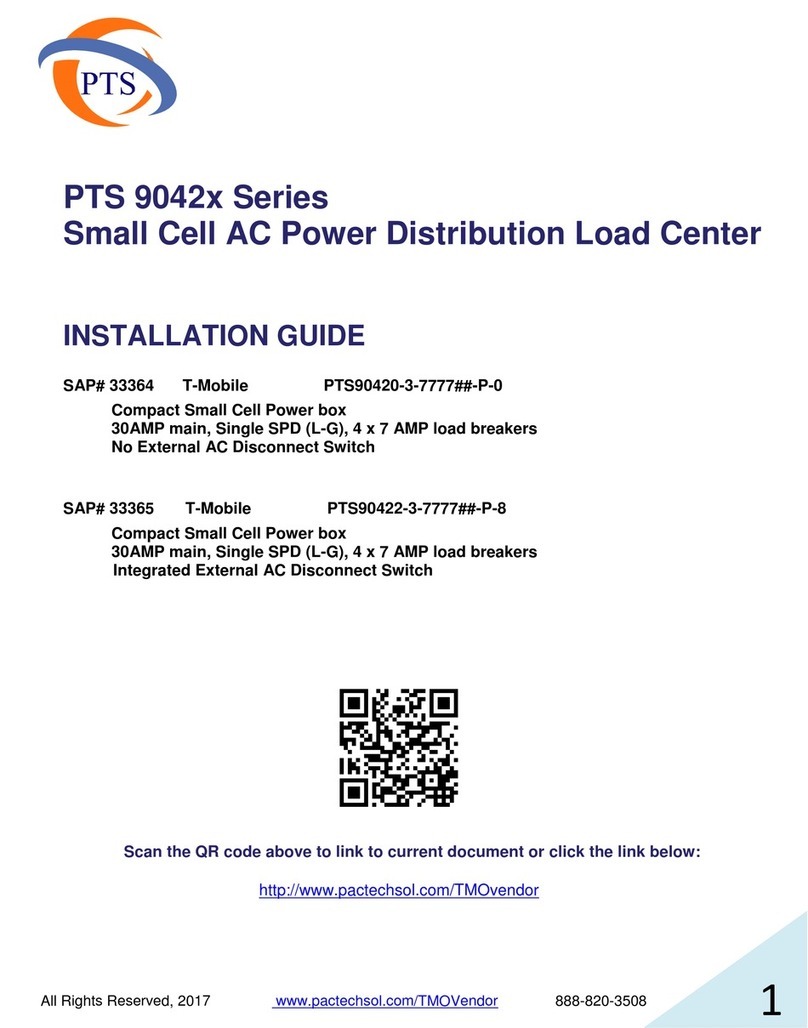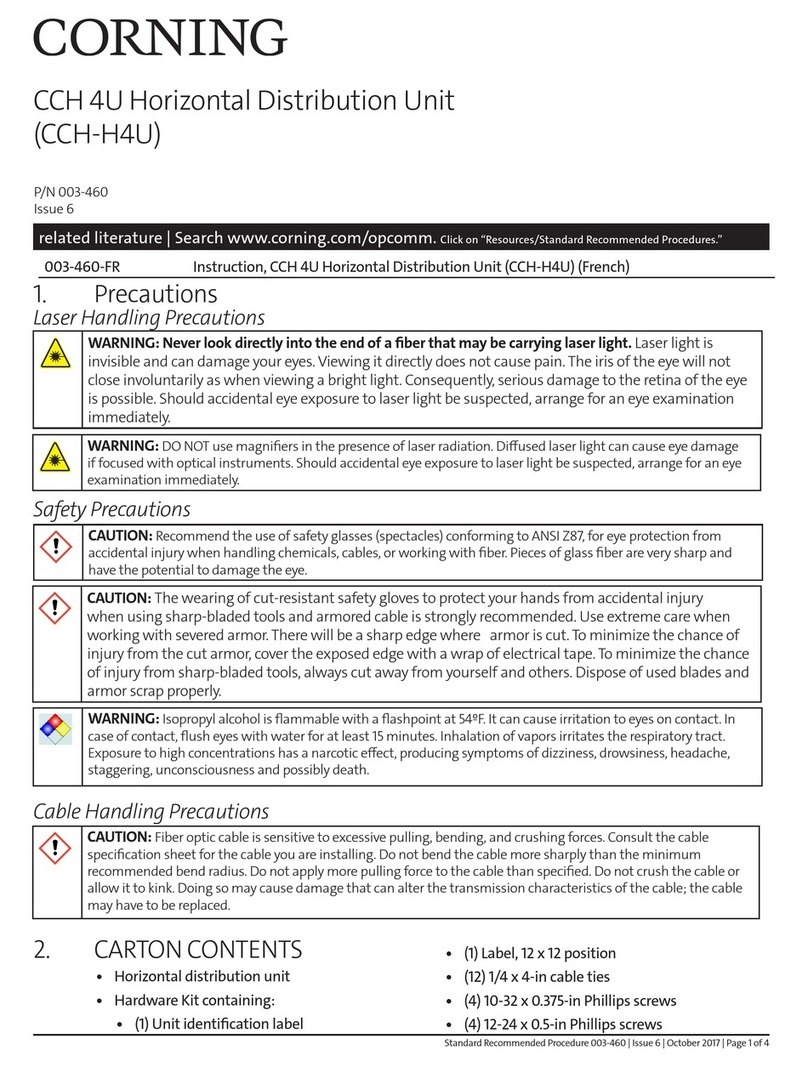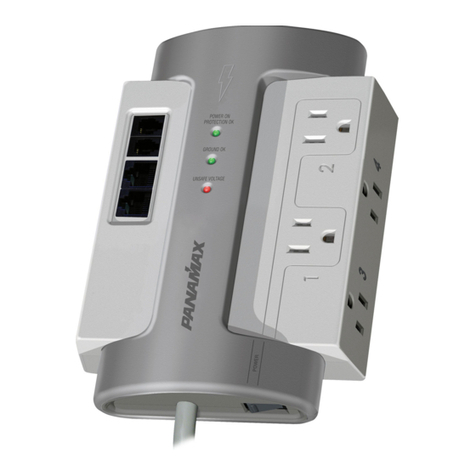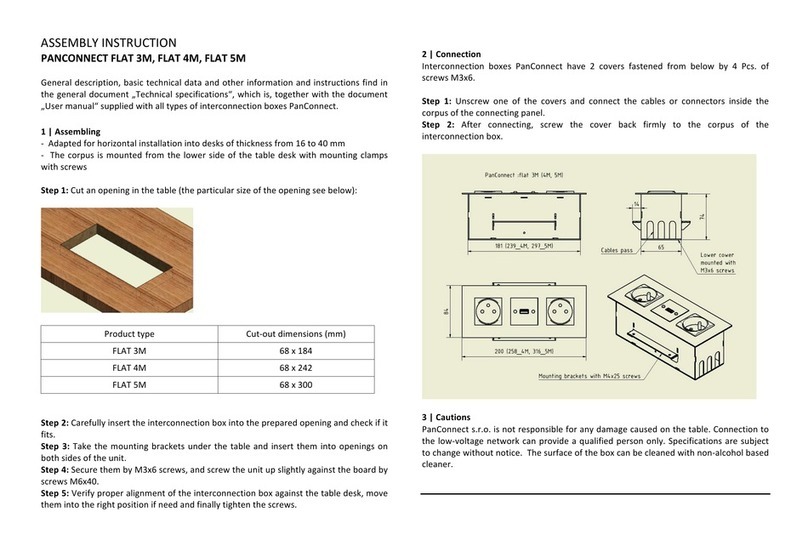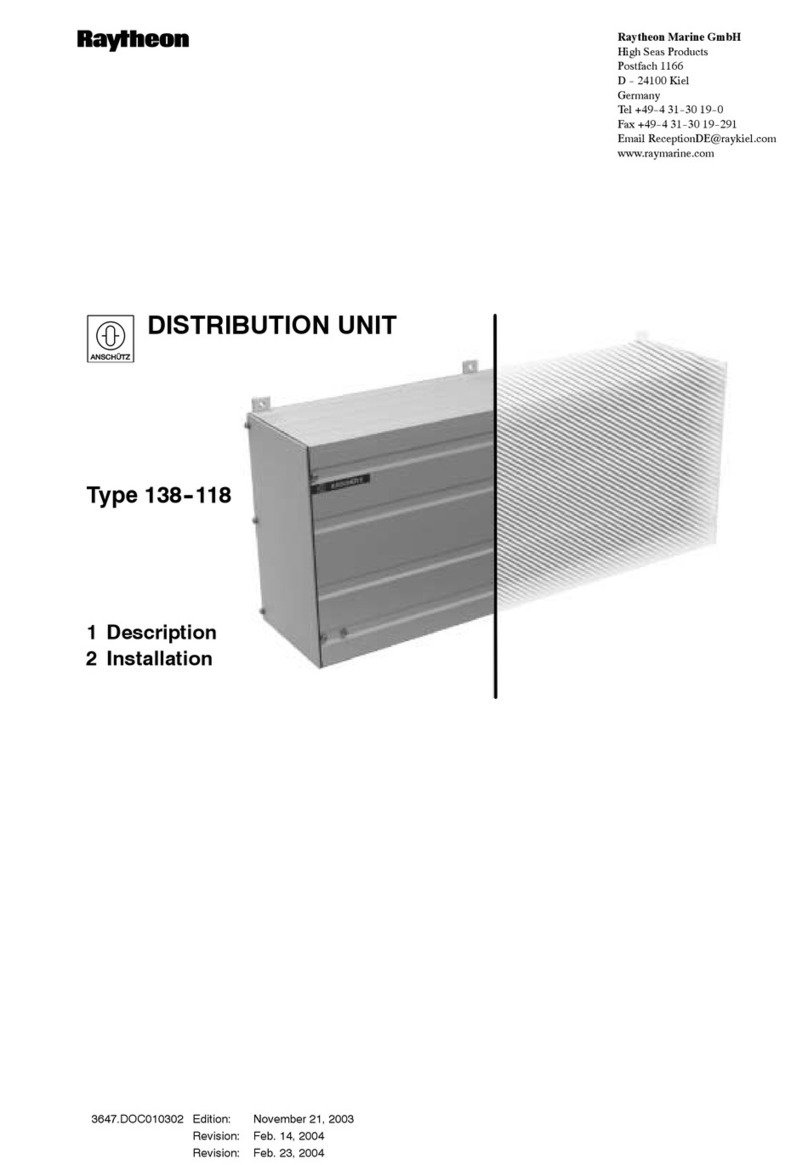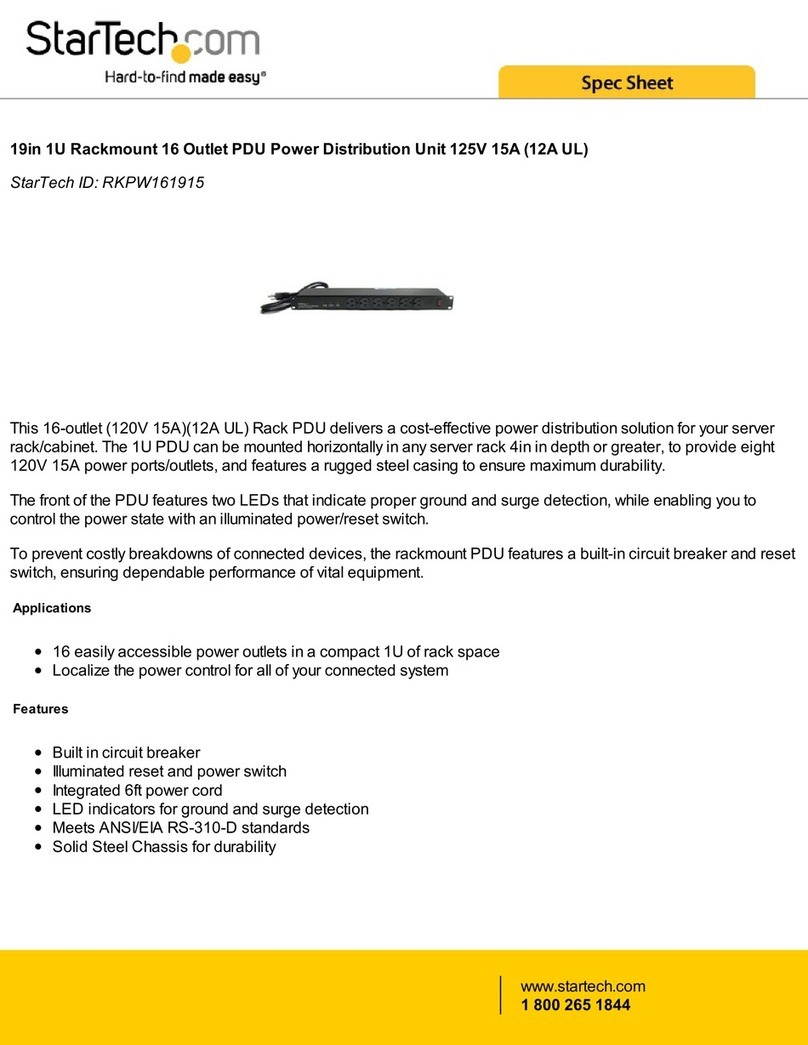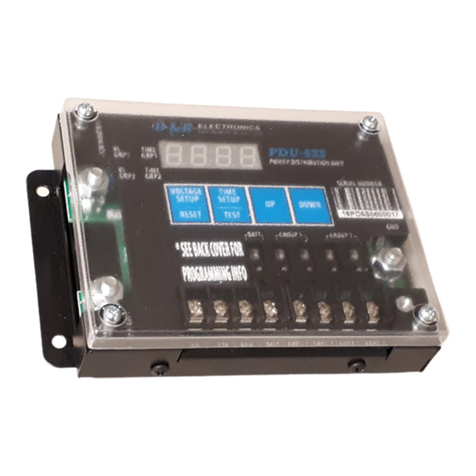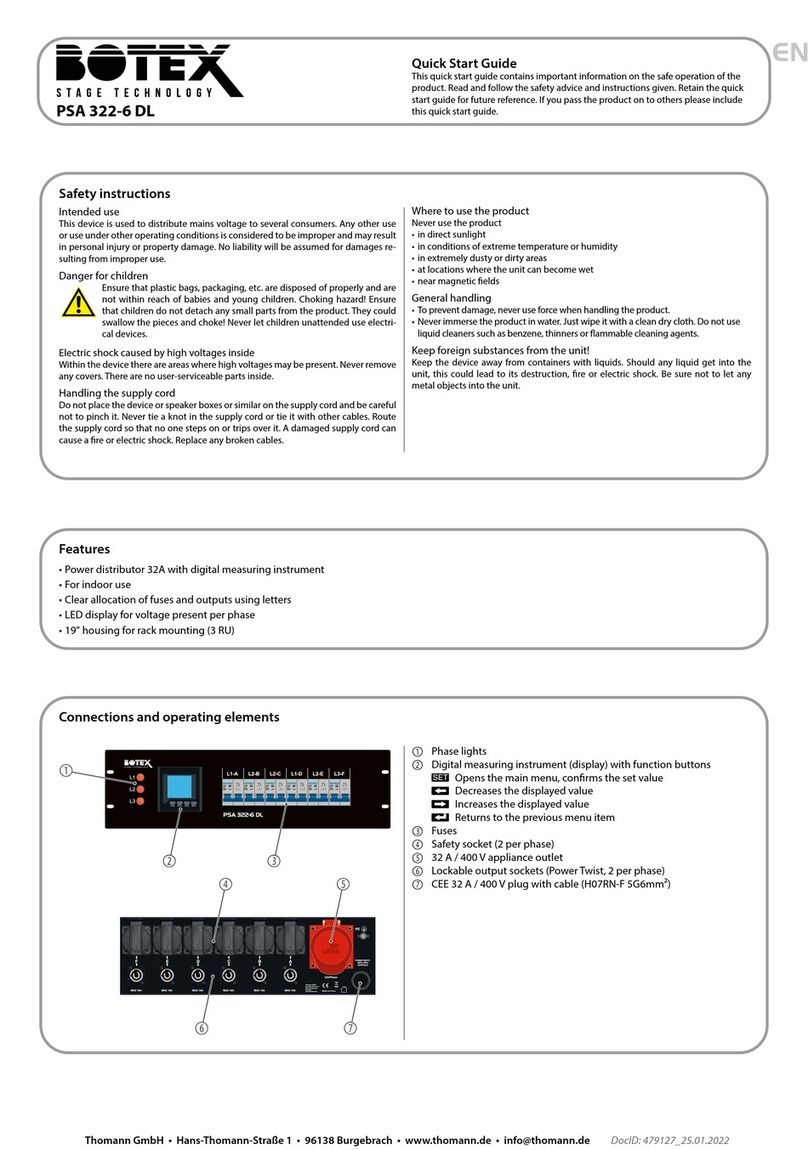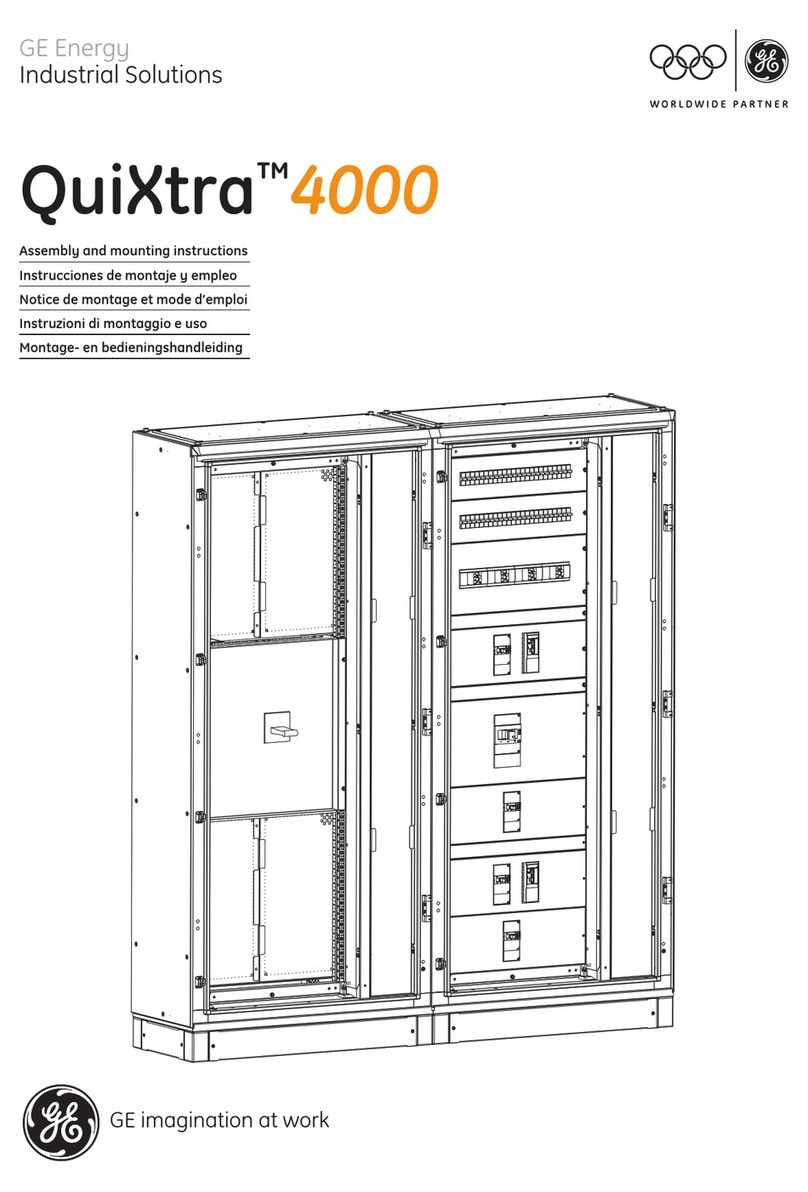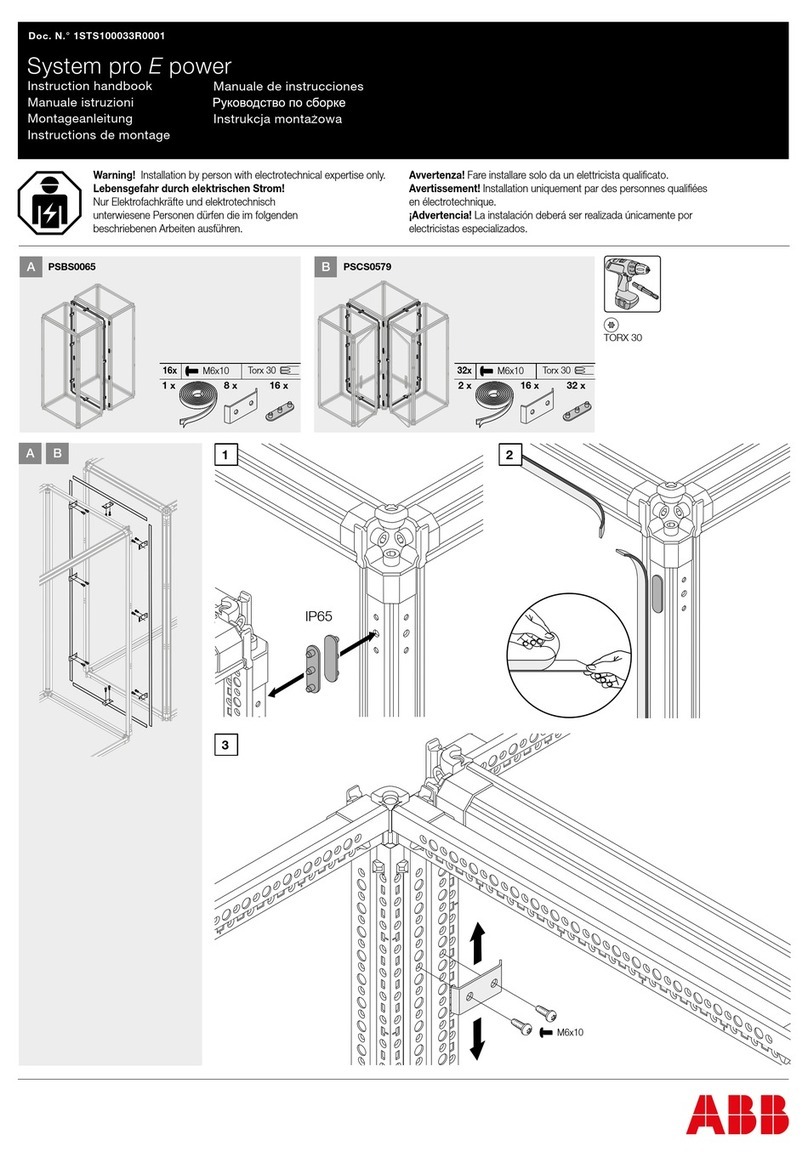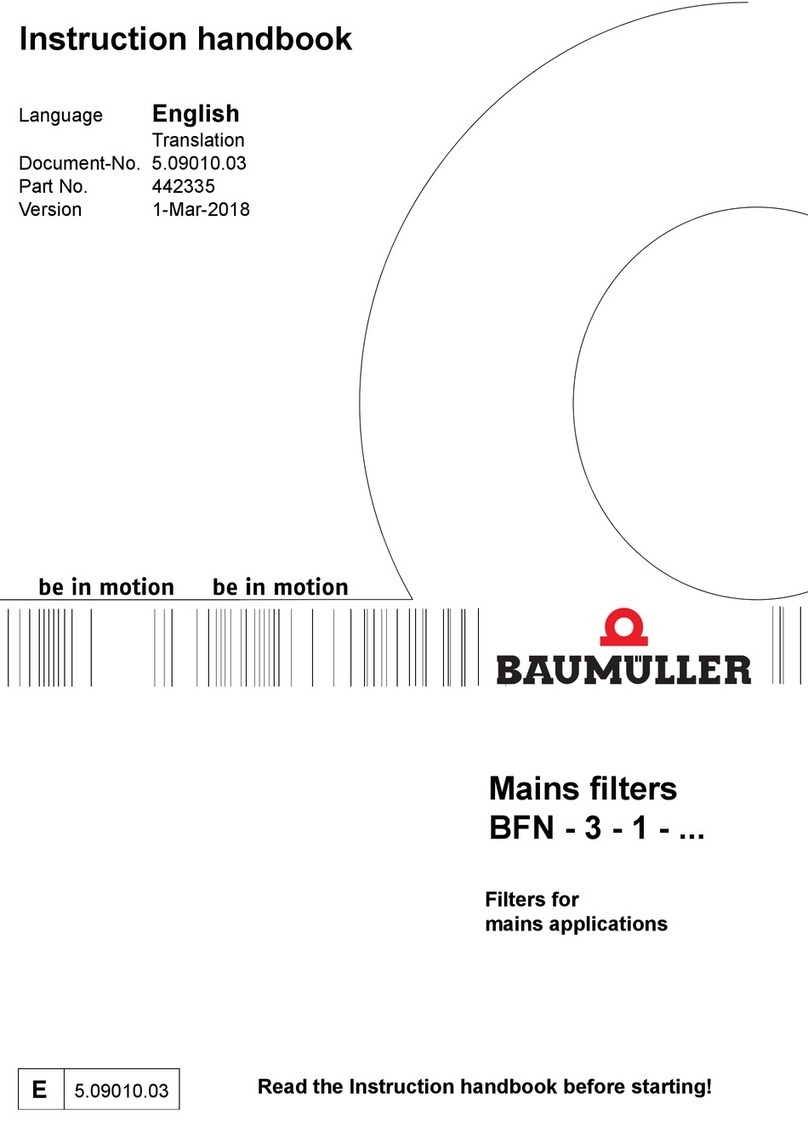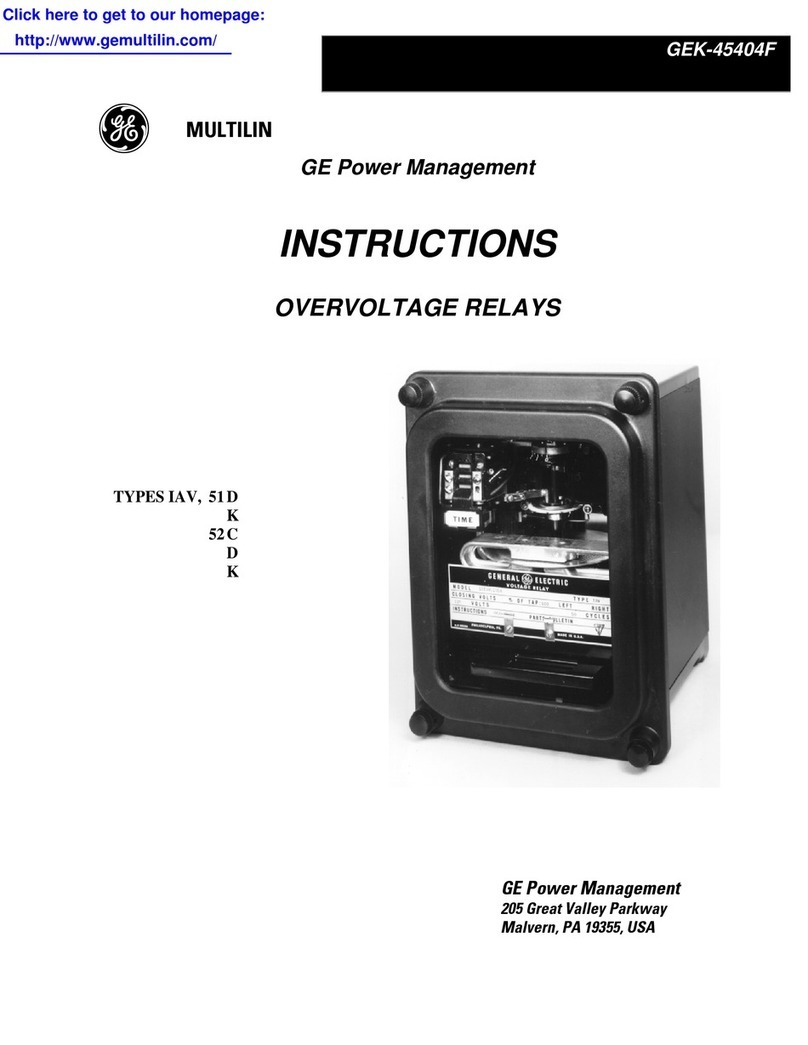
8
RRU5520
The PSU connect with RRU5XXX
(RRU5520 as an example)
When the U2000 is used for management, if
port MON0 is occupied and port MON1 is used,
change the connection serial port number on
the U2000 to 1.
The PSU connect with RRU3XXX
(RRU3936 as an example) The PSU connect with BBU
(BBU3910 as an example)
The PSU communicate
with RRU via MBUS.
Label 1
connect to
EXT_ALM
of RRU;
Label
connect to
COM_ALM
of PSU.
RRU3936
1. Check that the mounting kits are securely installed and all screws are tightened.
2. Check that all cables are reliably connected with correct polarity and there is no short circuit.
3. Check whether any screw hole is not installed with a screw. If yes, install a screw in the hole.
6Verifying the Installation
7Power-On Commissioning
1. Measure the PSU input voltage. Ensure that AC input voltage is in the range of 85–300 V AC and the HVDC input voltage is in the range of
90–400 V DC.
2. Check the indicators on the PSUs and lithium batteries. Ensure that the green indicators are blinking slowly and red indicators are off.
3. Measure the DC output voltage at each load port. Ensure that the voltage is in the range of–42 V DC to –58 V DC.
4. Observe the power system for about 15 minutes. If no alarm indicator is on, the system is running properly.
BBU3910
LIVE-C APP(Only PSU 02312NGM Supports This Function)
Installingthe LIVE-C APP
8.1
There is a mobile phone running Android 4.3 or later.
The mobile phone can properly connect to the Internet.
The PSU needs to support the mobile app function and the
connection mode is Bluetooth connection or WiFi connection.
1. Obtain the latest LIVE-C APP
installation package from Huawei
technical support.
2. Install the LIVE-C APP on the mobile
phone.
LIVE-C APP iCON
8
LoggingIn to the LIVE-C APP
8.2
The mobile phone app may be occasionally disconnected due to difference in phone model
and Bluetooth signal strength. Please try again 5 minutes later.
Certain mobile phones may fail to connect in automatic Bluetooth pairing mode due to
Android system differences. Please select the manual pairing mode to connect. Locate the
pairing request in the notice column and enter the pairing PIN 0000 or 000000.
The power equipment SN and Bluetooth name have the same last six digits.
•After the first login, change the password in time to ensure account security and prevent
unauthorized network attacks, such as data tampering.
•Huawei will not be liable for any security issues caused by your failure to change the
default password in time or password loss after changing. (The password cannot be
retrieved if it is lost.)
Prerequisite
The mobile phone should be within 10 m away from the power equipment.
Procedure
1. Tap the LIVE-C APP icon access the home page.
2. Tap Power System Delivery, access the login screen.
3. Tap Bluetooth connection in the login screen of the APP, to search and connect for
power equipment with Bluetooth nearby.
Password Change: System Settings > Change Password.
4. Enter the user name and password. (initial user name: liveapp, initial password:
Changeme_123)
5. Tap Login to access Main Function Menu and view the operating parameters of the
power equipment.
